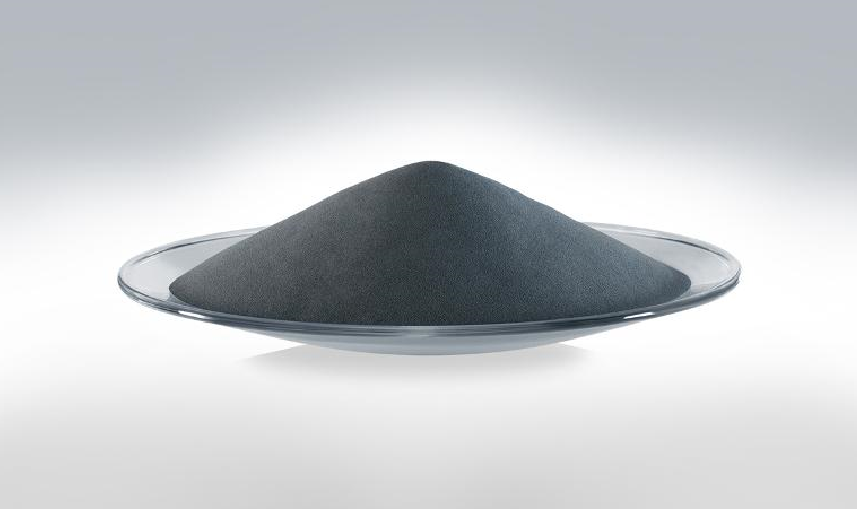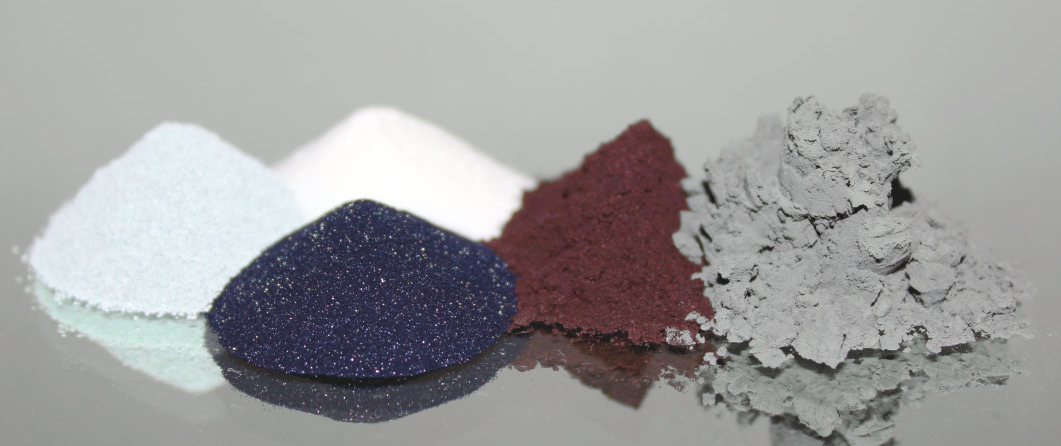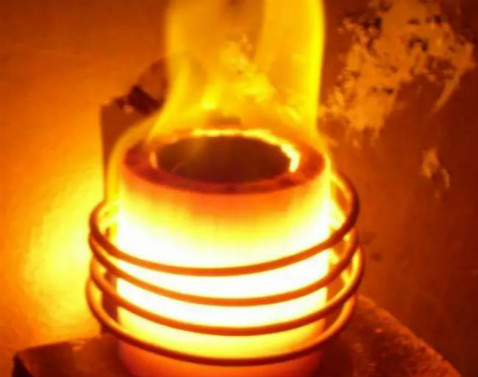
In this article, we will talk about the sintering process of refractory metal powder. So what’s sintering? Sintering is a hot processing method to produce refractory metals. First, heat the powder compact to the sintering temperature for a certain period of time. Then, wait for it to cool down and the refractory materials with required functions will be produced.

Refractory Metal Powder
Sintering makes the porous powder compact into a product with certain structures and properties. Though the products’ properties are closely related to many process factors before sintering, the sintering process has a significant and even decisive effect on the final products’ organization and performance in most situations. The sintering process of carbide is more complex, but the information is very useful.
There are many kinds of sintering process classifications. According to the number of sintered product components, the sintering process can be divided into single sintering and multiple sintering. To be more specific, tungsten and molybdenum sintering belong to single sintering while carbide sintering belongs to multicomponent sintering.
According to the state of the phase during sintering, sintering can be divided into solid-phase sintering and liquid-phase sintering (LPS). Carbide sintering will have a liquid phase, therefore it belongs to LPS.
According to the characteristics of the sintering process, sintering can also be divided into hydrogen sintering, vacuum sintering, activated sintering, hot isostatic pressing sintering, and so on. Many of them can be used for the sintering of cemented carbide.
In addition, the names of the materials can also be the classification criteria, such as cemented carbide sintered, molybdenum head sintering, etc.
From the essence of the sintering process, it is reasonable to divide the sintering processes into solid-phase sintering and liquid-phase sintering. However, the classification according to the characteristics of the sintering process is more common in actual production.

Sintering Process
There are great changes after the sintering of carbide compacts. The volume of the compacts becomes smaller with an abrupt increase in strength. The sintered product’s porosity decreases from 50% to 0.2%, which almost reaches the theoretical density.
The change of the briquette strength is even greater. The strength of the compact before sintering is too low to be measured by the general method, while it can meet the various harsh working conditions with the required strength value after the sintering process. It is obvious that the increase in product strength is much greater than the density increase.
The abrupt changes in product strength and other physical and mechanical properties indicate qualitative changes in the sintering process. Though the contact surface of the powder was increased by an external force, the surface atoms and molecules of the powder are still in a random way.
Besides, the coupling force between the particles is very weak with the effect of internal stress.
However, the contact state has qualitative changes after sintering because the atoms and molecules on the powder contact surface have chemical reactions, as well as physical changes like diffusion, flow, grain growth, etc.
Therefore, the particles have more close contact without internal stress. In the end, the product becomes a strong entirety with greatly improved performance.
Thank you for reading our article and we hope it can be helpful to you. If you want to know more about refractory metal and the sintering process of refractory metal powder, you can visit Advanced Refractory Metals (ARM) for more information.
Copyright © 1994-2024 Advanced Refractory Metals owned by Oceania International LLC, All Rights Reserved.